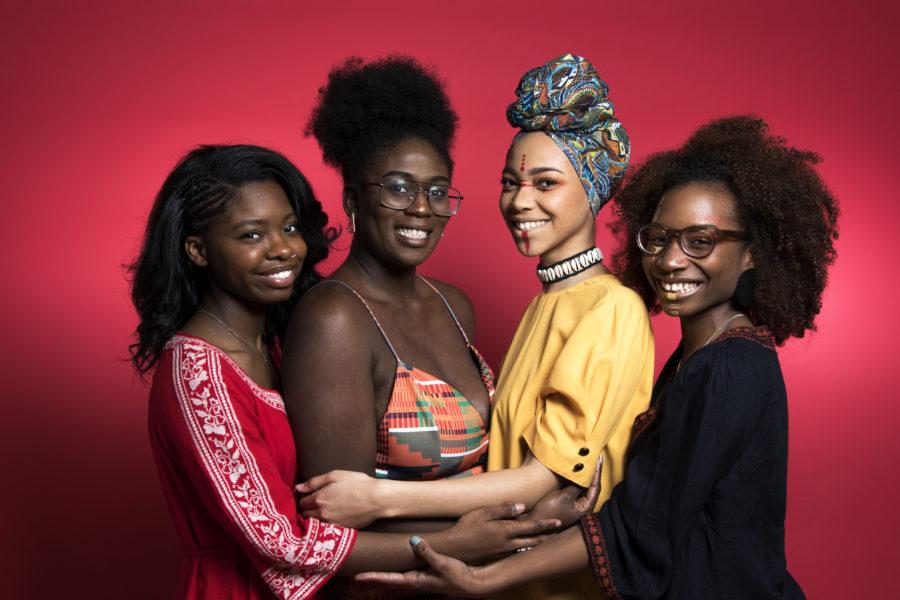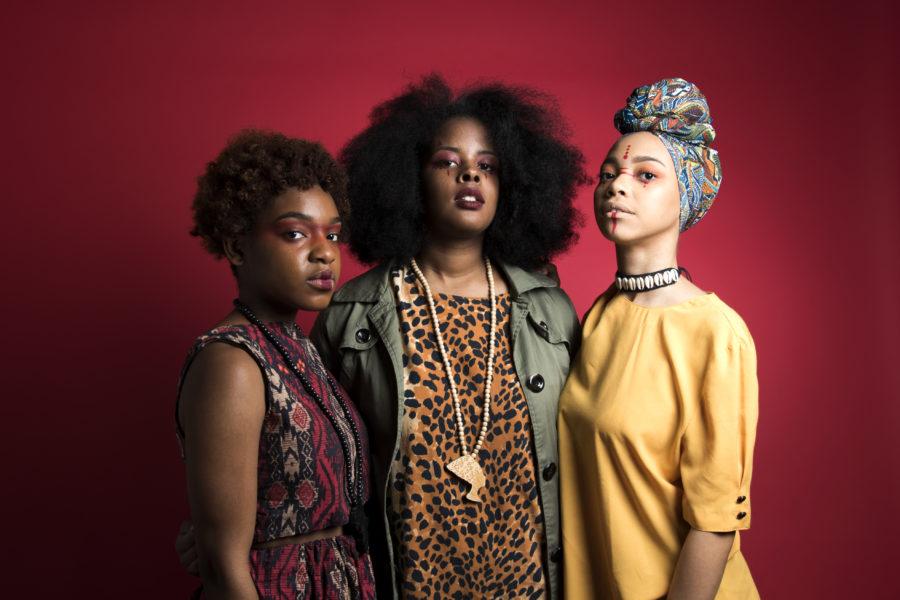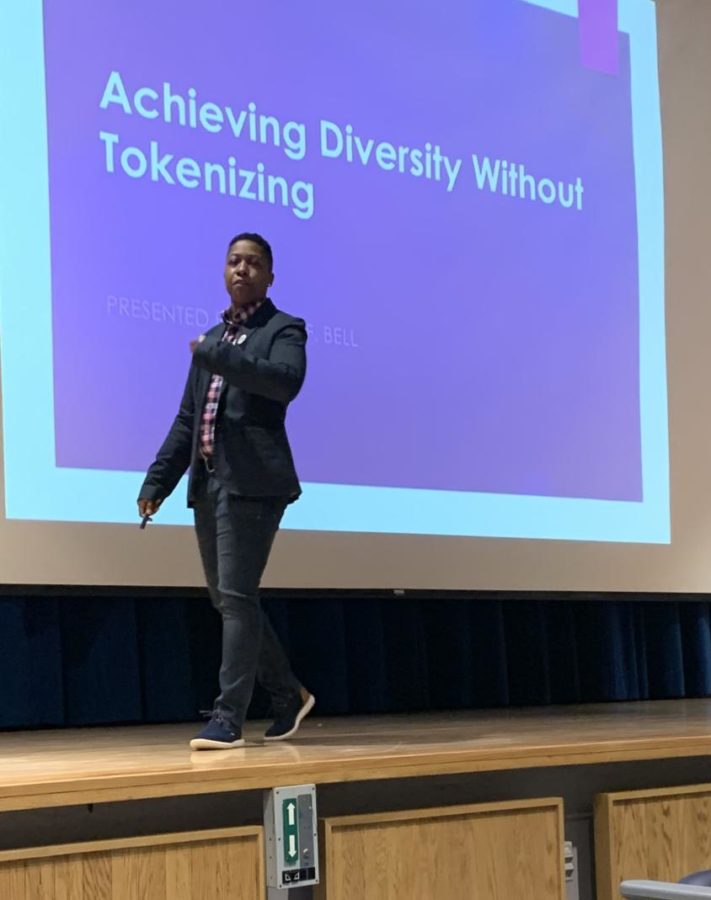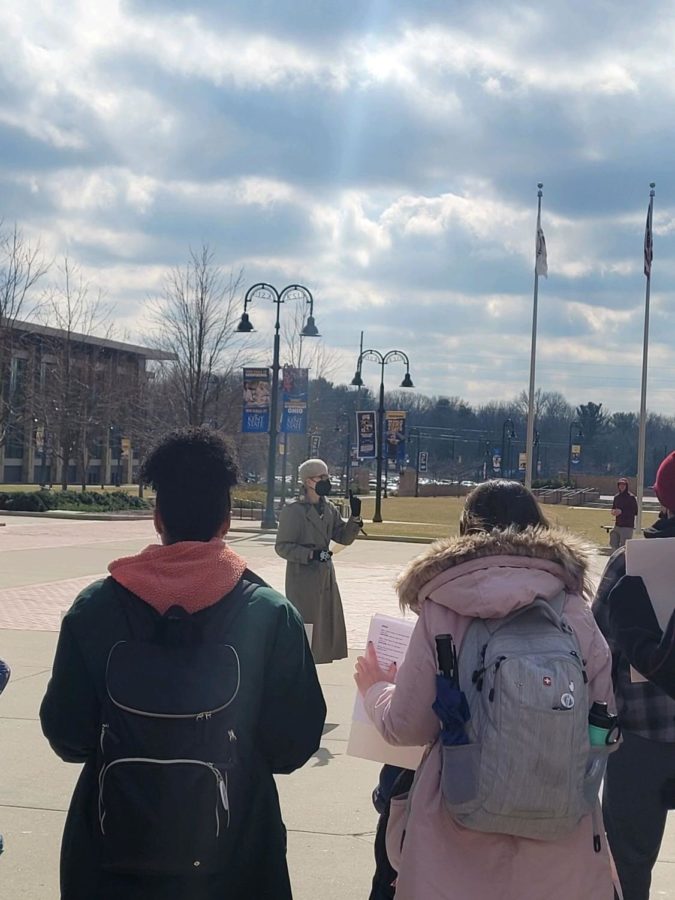Throughout history, black culture has been belittled while simultaneously used as a source of revenue by those who are not directly a part of the community. However, throughout the past decade, a revitalization of African culture has become an important factor in the black community. Young teens, millennials and celebrities alike are wearing fashions from or inspired by African countries. The club scene even includes more Afro beat sounds. As our generation grows and continues to discover our roots, we’ve gone back to the earliest parts of our history to discover that black is beautiful in all aspects.
In the past five years, the U.S. has been in turmoil because of recent police brutality against black men and women that have gone viral on social media. The unsatisfactory results of “justice” for those shootings have pushed black people to unify, which has allowed our true history to become more mainstream. In turn, many people have begun to dig deeper into their roots to understand their past and explore the traditions of their ancestors. Thus, many white celebrities have copied the styles of African countries, not understanding their depth, but solely looking at the styles as trends.
People like Miley Cyrus and Khloe Kardashian have culturally appropriated such styles, while black girls are shamed for it. For example, former “E!” news anchor, Giuliana Rancic, praised Miley Cyrus for her faux locs on “Fashion Police,” but stated, “I feel like she smells like patchouli oil or weed,” when referring to Zendaya’s.
Out of every culture, African culture is the least respected, even though it’s one of the foundations of all cultures and trends today. Soul food, body jewelry, fashion, medicine and natural hairstyles such as cornrows and bantu knots are only some of the many aspects that originated from Africa.
The reemergence of African culture has reached every corner of ours. First was the fashion world. Dashikis and African print became the trendiest clothing items to wear to express interest in African culture. Egyptian-themed jewelry and African fabric head wraps took over the fashion industry. In 2016, Marc Jacobs featured locs on his runway at NYC Fashion Week, which was another example of appropriating styles while the black community is shamed for it. Some people with locs are discriminated against when applying for jobs, but the same hairstyle was complimented while on the runway. Next up is the music industry. Artists such as Chris Brown, Nicki Minaj and Drake have worked with artists who produce mostly Caribbean or Afro beat music. Music giants like these acknowledging artists like Gyptian and Ayo Jay showcases the beauty that can come from combining African and black culture.
Although there’s a thin line, it’s important to understand the difference between culture appropriation and culture appreciation. Appropriation is copying a cultural style, not understanding its symbolism and significance and most importantly, not respecting it. Appreciation is a respected mutual cultural exchange and most importantly, not a personal need for self-expression, which ultimately is exercising privilege.
Being Black is multifaceted. It’s not just growing up in a country that has oppressed us from birth, or being from a country whose story is never told by someone who looks like us. To be black means that we are a living combination of both stories and it’s up to us to ensure that both stories are told and respected.
Back To Our Roots
July 10, 2018
0
Donate to UHURU Magazine
Your donation will support the student journalists of Kent State University - Uhuru Magazine. Your contribution will allow us to purchase equipment and cover our annual website hosting costs.
More to Discover








